We’ve just passed the 30th anniversary of the PlayStation, as well as the 20th anniversary of the PlayStation Portable! For the latter, Retro Gamer spoke to developers of games for Sony’s handheld system. It was a great device for spotlight genres particularly suited to play on-the-go and in short bursts. What better fits the mold than a puzzle game?
Releasing at the system’s launch in Europe, Archer Maclean’s Mercury was, for many, the game that best defined what a new generation of portable puzzlers could be. As part of the anniversary celebrations, Retro Gamer spoke with Jeb Mayers, ex-head of R&D at Awesome Studios, about how it came to be.
Melting point
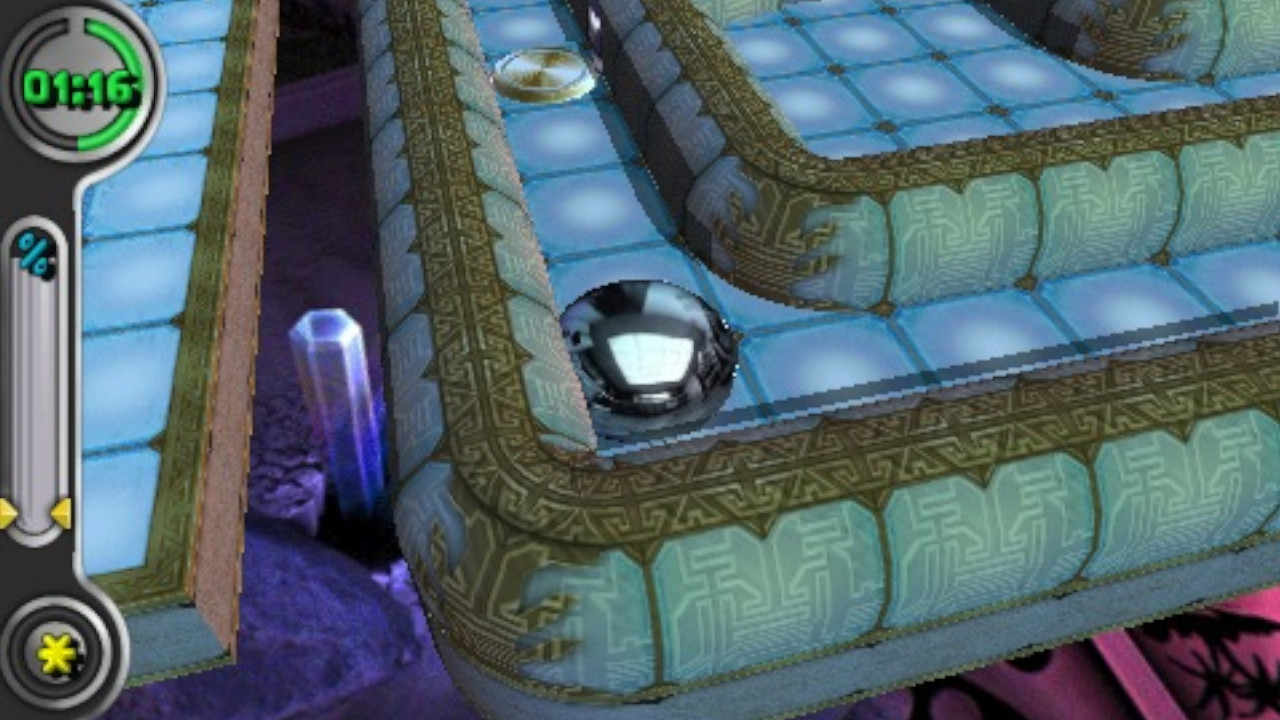
Retro Gamer: How did you come to work on a PSP launch game?
Jeb Mayers: I joined Awesome Studios in April 2003 as head of research and development. This was the first time I had met Archer Maclean. Archer was a hugely charismatic person, very passionate about everything he did, particularly his new ideas. They had a demo of a new game idea working on PC which was described as a ‘ball in a maze’ style puzzle – essentially it used some of the ball physics from the snooker games, grouped them together into a shiny metallic looking blob like the metal mercury. My job was to convert this to the PS2.
In May 2003, at that year’s E3, Sony announced their plans for a new portable machine, the PSP. Archer being Archer was on to this like a shot – the idea of the Mercury running on a handheld device exactly like the old physical ‘ball in a maze’ puzzles was a perfect fit in his eyes. The other thing that Archer had been keen on was a tilt sensor which would allow you to actually control the device by moving it – I actually built prototypes of the tilt sensors for both PS2 and PSP, but alas this idea never made it to market.
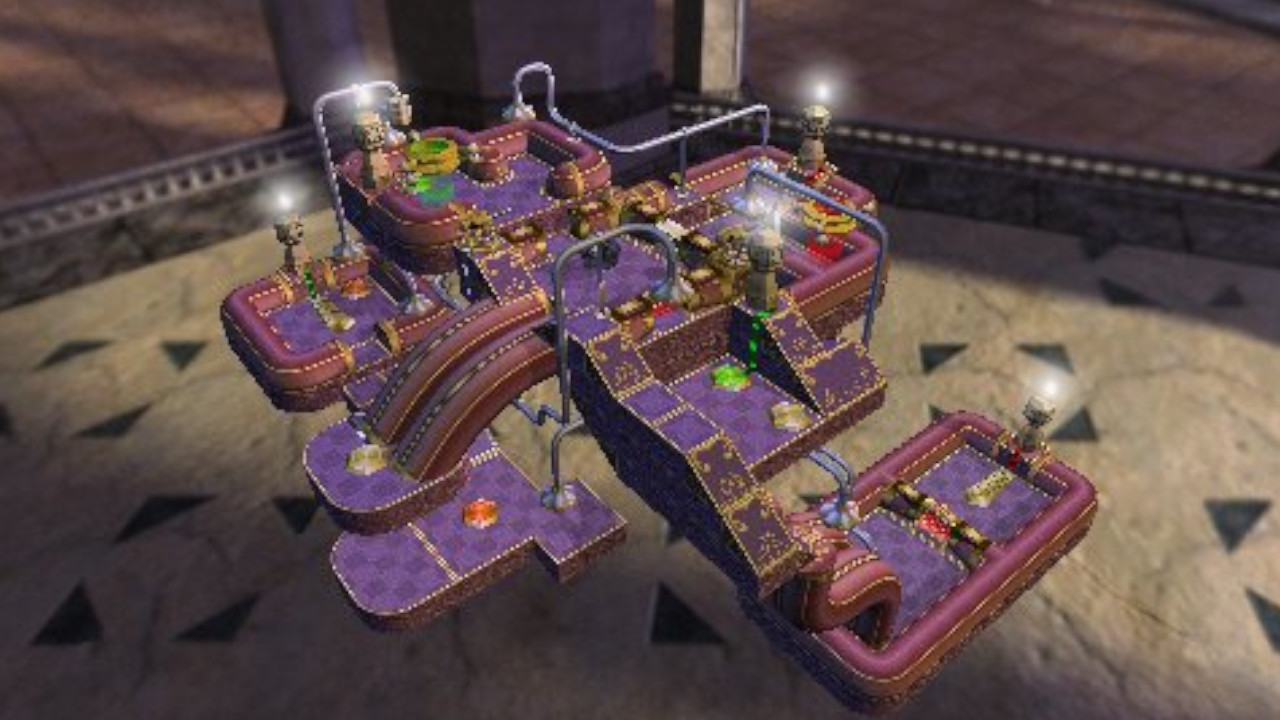
RG: What support did you receive from Sony?
JM: We became official PSP developers in November 2003 – we were probably later to the party than some, but earlier than the majority of developers. All of the early work was done on the software PSP emulator written by Sony, which ran on a PC. Despite the robustness of the emulator, it was slow compared to the final hardware – particularly with regards to graphics, so for some developers it was a problem. The first hardware arrived at Sony Computer Entertainment Europe late June/early July 2004. It was fragile – two kits had been sent out to America and two to Europe. Three of them were DOA, so SCEE ended up with the only working development kit outside of Japan!
The developers who were most advanced or favoured were invited to come in to the SCEE offices and use the hardware in day-long sessions. The hardware proved to be tricky and was only half the clock speed of the final PSP. We were reliably told that the team that had the first slot on Monday had got nowhere. By the end of our first visit on 6 July, we had the dev Mercury frontend working. At this point we couldn’t quite get into game, but we managed to get that sorted very early on in our subsequent visit on the Friday. Mercury was officially the first title that was fully working on the PSP hardware outside Japan! It was an incredibly proud moment for the team.
So back to the original question – how much help did we get from Sony? The answer is lots. But this was also a two-way thing, particularly around the time that the hardware became available, we were feeding back as much to Sony as they were to us. Sony would also turn to Mercury for all their tech demos for publishers, at internal events etc. It was a really special time for everyone at Awesome, and a first for me.
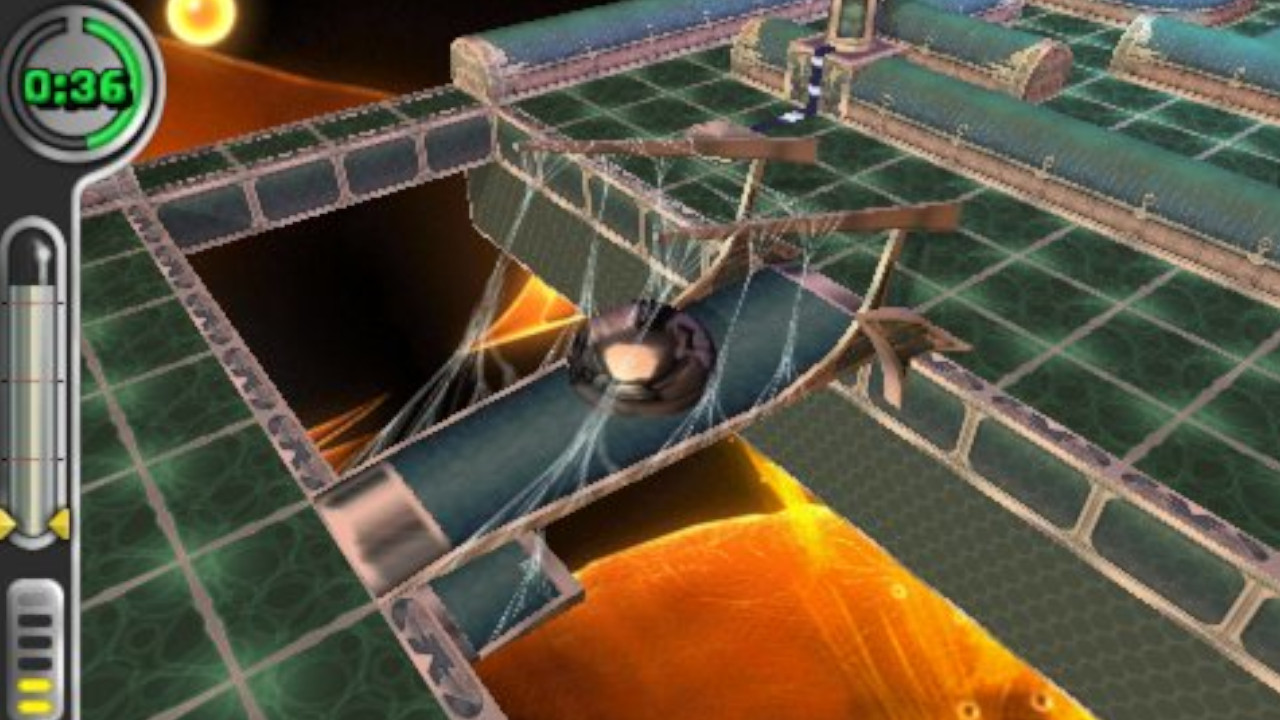
“Unfortunately, one of the other launch titles was Lumines”
RG: What helped Mercury stand out from other games in the original launch line-up?
JM: It was a great game, it had a lot of levels, the music was fantastic, it looked great even though it was simplistic. As for standing out from the other launch titles? I am not sure that it did. Unfortunately, one of the other launch titles was Lumines – which was a fantastic game and had that Tetris-style pick-up-and-play addictive element to it. For a lot of people there they didn’t entertain the idea of buying two puzzle-style games for their shiny new PSP so they chose Lumines.
If I had to answer the question I would say the one thing that Mercury did have going for it is that it was original. It wasn’t another Ridge Racer, it wasn’t another Tetris-style clone, or a fighting game, or WipEout etc. All of those games were great and I loved them of course, but Mercury was genuinely something new.
Looking for PlayStation Portable recommendations? Our best PSP games list is a great place to decide what to play next on the retro handheld!
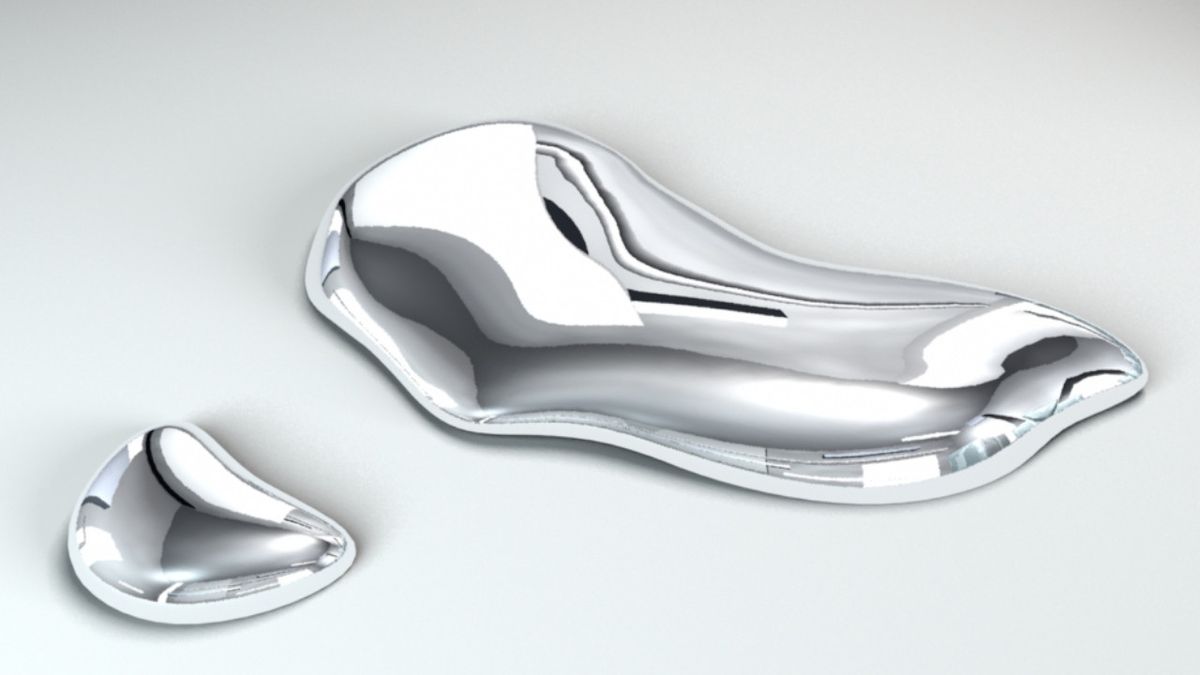


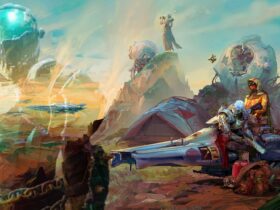


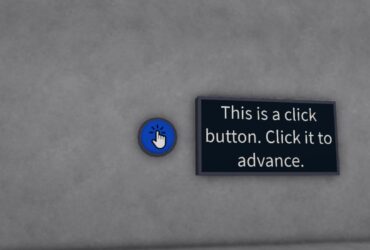
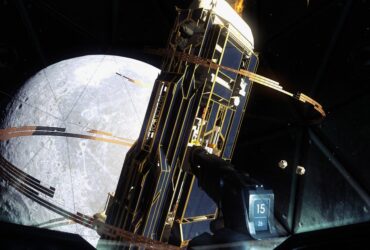
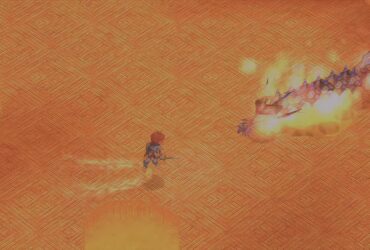
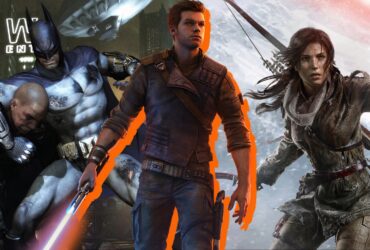
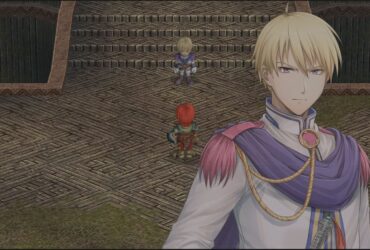
Leave a Reply